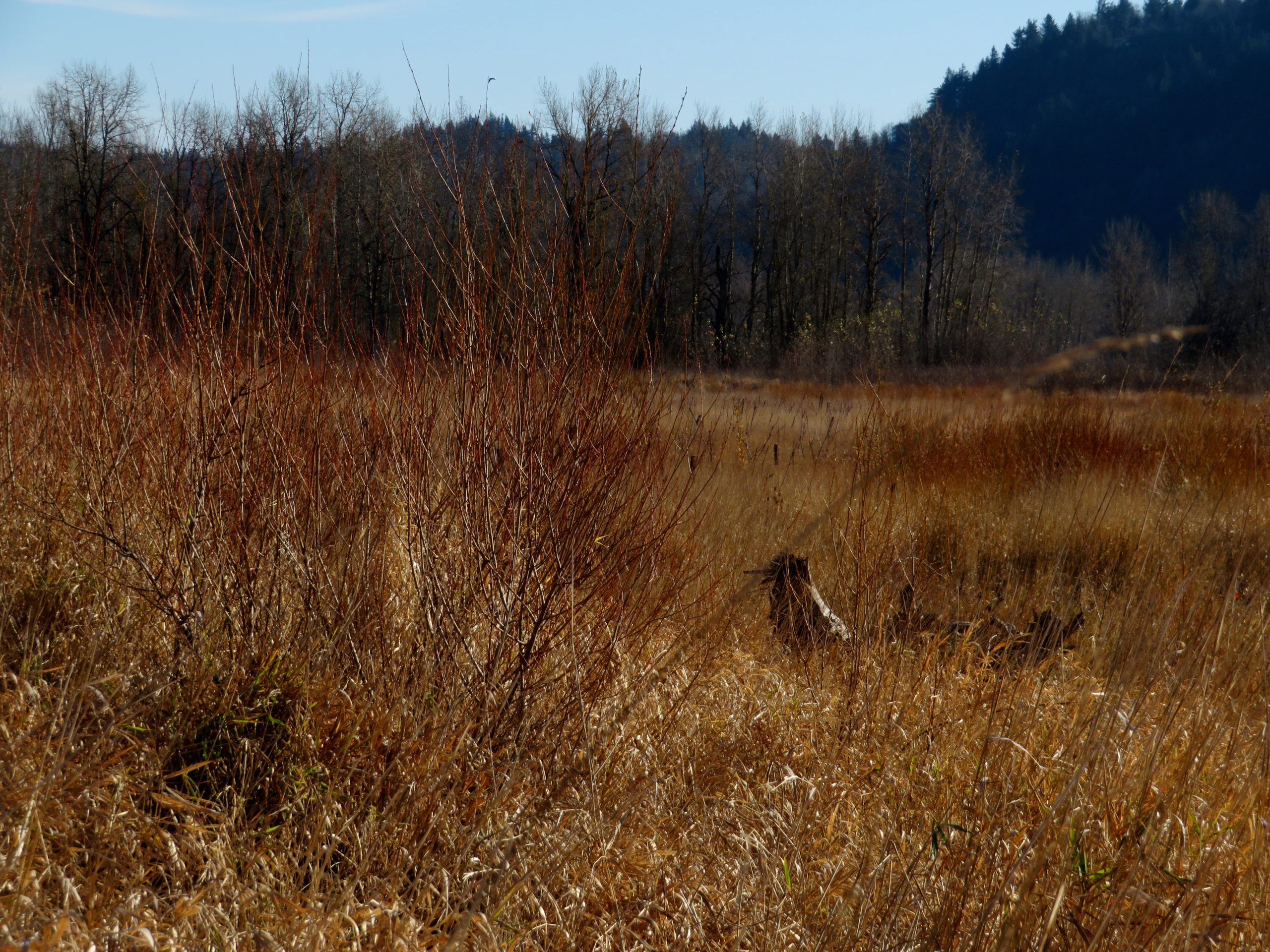Earlier this week I wrote about metaphors as a subtle way of manipulating people into supporting or refusing certain actions. Today, for our last bit on language, I want to look at metaphors that appear in poems, directly or indirectly influencing how you appreciate a text – IF you understand the metaphors, that is.

The reason I am interested in this is, in some ways, selfish. I use a lot of metaphors in my own visual art, and am often called on to explain what I mean. I always wonder if the images themselves are not strong enough for appreciation, but need spelling out – and if and how that will alter the way people perceive them. I also worry that all my esoteric bits of knowledge just need a space to play, completely confusing the hell out of an image, never mind the people who view it. (Which reminds me: My calendar for next year, using the metaphor of whaling as a warning of the consequences of ruthless environmental exploitation, can still be ordered. All proceeds ($30) go to Street Roots. It might not arrive in time for the holidays, but definitely in time for January 1st.)

*
I am sure, there is a whole literature on metaphoric use in poetry; I have not read it. I realize, however, that for most poems I read, I do NOT get the myriad clues of higher learning or meaning strewn about. It is almost like they are messages for a group of the initiated, who pride themselves of being clever enough to get all the hints. The rest of us can just enjoy the language or a general mood. Here is an example (the link gets you to the original German version. I offer my translation below – the original is in rhyme which I could not capture in English.)
The Game is over

The poem was published in 1956 by Ingeborg Bachmann, a darling of the post-war literary scene, who tragically died in her late 40s when, while smoking and falling asleep in bed, she accidentally set herself on fire. She was the young token female poetess in the German-speaking landscape, coming to early fame with her poetry, even though her 2 prose books were substantively stronger.



So what do I get out of the poem? A sister speaking to her brother, conjuring up childhood games and enchantments, images and memories of times at play. For every positive thing, there is a warning of impending loss or doom. No choice, either, we “have to go to sleep, the game is over -” childhood ends. Glimpses of joy soon turning to a sense of sadness. Fond elicitation of how we all used to play, back there in the 1950s before we had to grow up. A bitter taste in your mouth that dangers abound and magic childhood words will be forgotten.


And what did I miss? Man, about everything of importance. The floating on a raft through the sky bit turns out to be a reference to the Isis and Osiris myth, the ancient narrative of sibling incest and undying love. The tents in the desert, the sand in your hair refer back to both, Bachman’s own figment of a novel, Franza, that deals with secretive sibling love, ending badly in Egypt, and also to Paul Celan’s poetry – he was her lover on and off, with the doomed affair not able to bridge the chasm between her parent’s Nazi past and his parents death in the camps. Never mind his marriage, and his desperation, leading to early suicide.
The petal alighting on her seal? Turns out the seal (Siegel) is a different name for a word describing the female sexual organs of plants – I leave the rest to your imagination, and your attention drawn to the fact that darling brother becomes Darling in the last stanza, with the parents aghast. Don’t have to be a psychoanalyst for that one.

Does this added knowledge enhance your reading of the piece? Or complicate it? Does our lack of the relevant education which would unlock the metaphors mean we’ll never “get” poetry? Is it enough to just look at the “pictures” presented by the metaphors?
Well, someone made pictures out of them (which is where I got to thinking about this poem in the first place and then spending hours as a detective trying to get the bits and pieces of the puzzles from various sources.) Anselm Kiefer created a whole cycle of paintings, dedicated to Bachman, some including snippets from her poems, in our case the lines “your and my age, the age of the world” written next to or on the depicted pyramids. If you had never heard of the poem you would not get the hints in the painting either…..

In the end it comes down to this, I think: if you want to communicate with everyone, use the words and the images that are common good. Enough of them around. If you want to impress the learned set, go right ahead and make it complicated. Leave clues that only the initiated know how to decipher, upon which they feel victorious and in turn judge you to be a precious artist. And now let me go to make a really straightforward montage. How about an apple and a snake?
*
Photographs are from THE coolest exhibit of a model train set at the Washington State Historical Society in Tacoma. As a sister without brothers I never had the pleasure of that toy. Then again, the boys I knew were really not allowed to play much with them either – an honor reserved for their fathers…..

Music today is a childhood favorite – Ravel’s fairy tales for children….






































































































